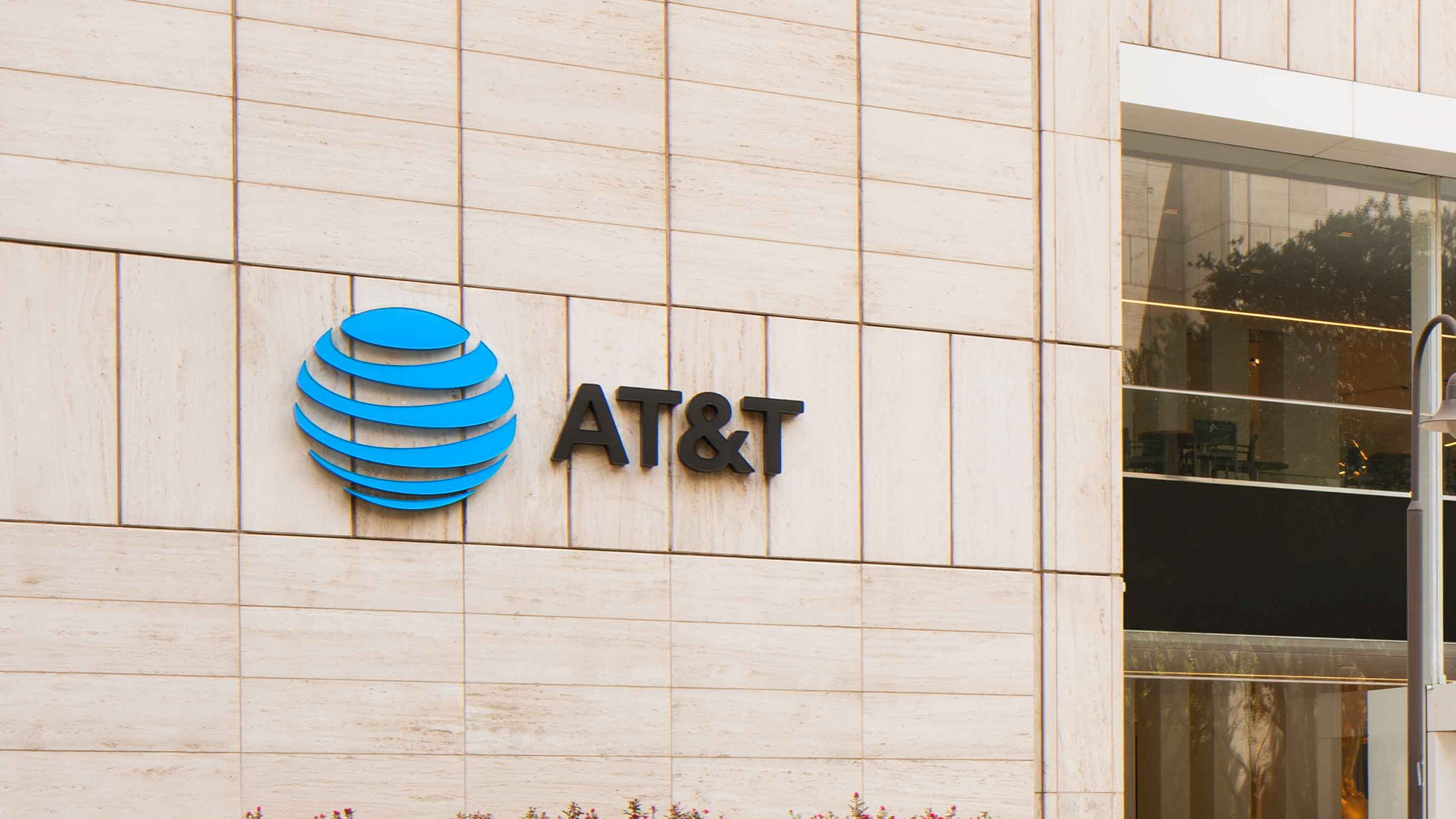Moffett Slaps $19 Target on New AT&T as Discovery Close Nears
Says high debt, declining market share still problems for pure-play telecom giant

As the record date comes to a close for AT&T’s divestiture of the last vestige of its most recent foray into the media business -- Warner Media -- MoffettNathanson’s Craig Moffett drove another nail into the telco’s already bullet-riddled coffin, slapping a $19 per share price target on the company, while maintaining his “neutral” outlook on the shares.
Tuesday (April 5) is the record date for the deal, when AT&T will spin-off 100% of WarnerMedia to its shareholders. Those shareholders will later receive 0.24 shares of Warner Bros. Discovery for every AT&T share they own. That final tax-free exchange is expected to happen later in the month.
AT&T agreed to sell its WarnerMedia unit (the former Time Warner Inc.) to Discovery last May, unwinding what was the last of its big media assets -- the other was DirecTV, which it sold to TPG in 2019. While AT&T shareholders will technically control a 71% interest in the combined Warner Bros. Discovery, former Discovery CEO and soon to be Warner Bros. Discovery CEO David Zaslav and his team will clearly be in the driver’s seat operationally. For AT&T investors, it is a welcome “see ya” to what was an enormous albatross around the telco’s corporate neck.
In unloading WarnerMedia, AT&T sheds a big debt load ($38.5 billion) as well as a big chunk of cash flow ($6.6 billion) that the analyst argues proportionally cancels each other out. While he cheered the divestiture, Moffett said AT&T still has an enormous debt obligation ($177 billion) and he wasn’t really convinced that this deal solves all of AT&T’s problems.
“It is tempting to think of this moment as a fresh start,” Moffett wrote. “Unfortunately for AT&T, the damage done by their acquisition of Time Warner, and by their earlier acquisition of DirecTV, cannot be undone with the stroke of a pen.”
On the surface it seems pretty simple: by moving WarnerMedia to Discovery, AT&T gets to focus on businesses it knows best -- wireless and wireline telecom. Except, Moffett pointed out, those businesses aren’t doing so hot either.
Moffett wasn’t all doom and gloom. He said AT&T’s valuation is fairly unchallenging, has a fat dividend, low expectations and sentiment around the stock is already negative. But his main beef is that the growth outlook is nearly non-existent.
The smarter way to stay on top of the multichannel video marketplace. Sign up below.
In its Mobility segment, where AT&T has more than 180 million wireless customers, the company is expected to lose share in what Moffett called a “sub-GDP growth industry.” Its Business Wireline segment is expected to deliver negative mid-single-digit percentage growth, and its Consumer Wireline segment, which accounts for about 11% of revenue, is still mostly copper. Although AT&T has a fiber deployment plan, Moffett writes that it will mainly offset the declines in the copper network, and generate low single digit growth.
“The resultant mix yields little or no growth in an industry with little or no pricing power... At a time of high (cost) inflation,” Moffett wrote.
Moffett has been down this road before. In February he issued a detailed analysis of what AT&T would look like after the WarnerMedia spin, putting a $20 per share price target on the stock. Today, his outlook is equally glum, it’s just that now he sees AT&T as a $19 stock. For context, AT&T closed at $23.88 each on April 5, down about 30 cents per share, or 1%. In the past 12 months, AT&T shares have fallen about 15%.
Maybe AT&T will shock us all. Maybe with its hands firmly on the telecom wheel, with no distractions, it will be able to drive this truck to Hawaii and make us all look like idiots. (You’ll understand that metaphor better if you’re a Robin Williams fan.)
But history shows us this simply isn’t the case. Yes, AT&T is now in a business it knows. But it is also a business that has a lot of competitive pressure. How long will it be before the next crop of executives decides it’s time to branch out again?
In the meantime, several analysts see telcos like AT&T positioning themselves to take broadband share away from cable, with AT&T committing to building fiber to 3 million homes this year and 4 million in 2023. Moffett agrees that is a plus for its Consumer Wireline business, but notes that segment is about 60% copper at the moment. In other words, it’s going to take a while. And we all know how important speed is in the telecom business. ■
Mike Farrell is senior content producer, finance for Multichannel News/B+C, covering finance, operations and M&A at cable operators and networks across the industry. He joined Multichannel News in September 1998 and has written about major deals and top players in the business ever since. He also writes the On The Money blog, offering deeper dives into a wide variety of topics including, retransmission consent, regional sports networks,and streaming video. In 2015 he won the Jesse H. Neal Award for Best Profile, an in-depth look at the Syfy Network’s Sharknado franchise and its impact on the industry.

